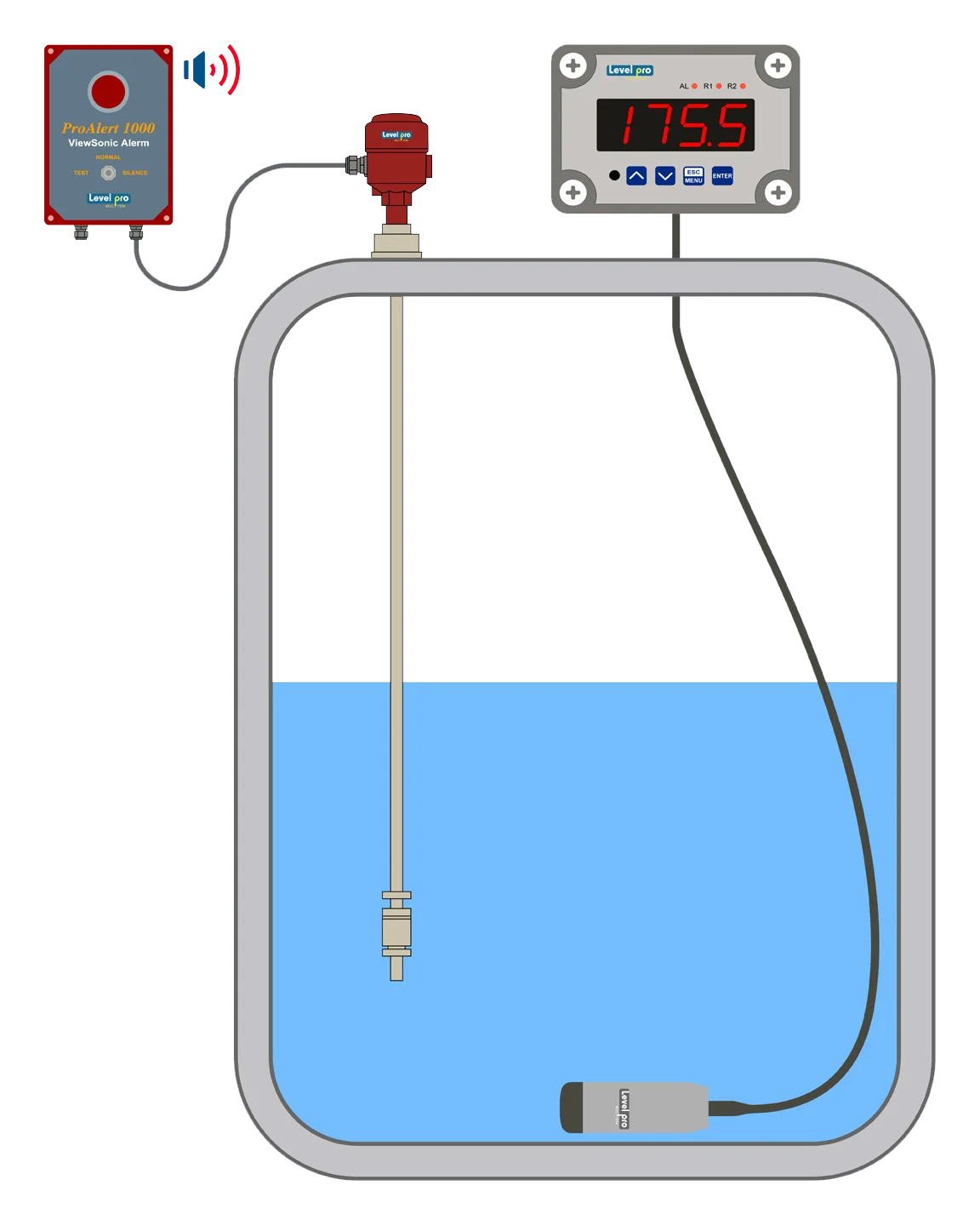So How Does A Submersible Level Sensor Really Work?

Submersible level sensors work by measuring the hydrostatic pressure of a liquid to determine its level. Hydrostatic pressure is the pressure exerted by a liquid at a given point due to the weight of the liquid above that point. The pressure at the bottom of a tank is greater than the pressure at the top, and this difference in pressure is proportional to the height of the liquid in the tank.
The submersible level sensor consists of a pressure transducer, which converts the hydrostatic pressure into an electrical signal, and an electronic circuit that amplifies and processes the signal. The sensor is typically connected to a cable that runs from the sensor to the control unit. The submersible level sensor is immersed in the liquid, and the cable is sealed to prevent the ingress of liquid.
The submersible level sensor measures the hydrostatic pressure by means of a piezoresistive or capacitance-based sensing diaphragm. A piezoresistive submersible level sensor changes its electrical resistance in response to changes in pressure. A capacitance-based submersible level sensor changes the capacitance between its electrodes in response to changes in pressure. These changes in resistance or capacitance are then converted into an electrical signal, which can be processed and converted into a 4-20mA signal output.
The 4-20mA signal output is a standard industrial signal that is commonly used to transmit information over long distances. The signal is a continuous current loop that is proportional to the measured level. The 4mA represents the minimum level and the 20mA represents the maximum level. The control unit receives the signal and converts it into a digital reading that can be displayed on a panel or sent to a control system.
In summary, submersible level sensors work by measuring the hydrostatic pressure of a liquid to determine its level. They consist of a pressure transducer, an electronic circuit, and a cable that connects to the control unit. The submersible level sensor measures the hydrostatic pressure by means of a piezoresistive or capacitance-based sensing diaphragm and outputs a 4-20mA signal that is proportional to the level of the liquid.


